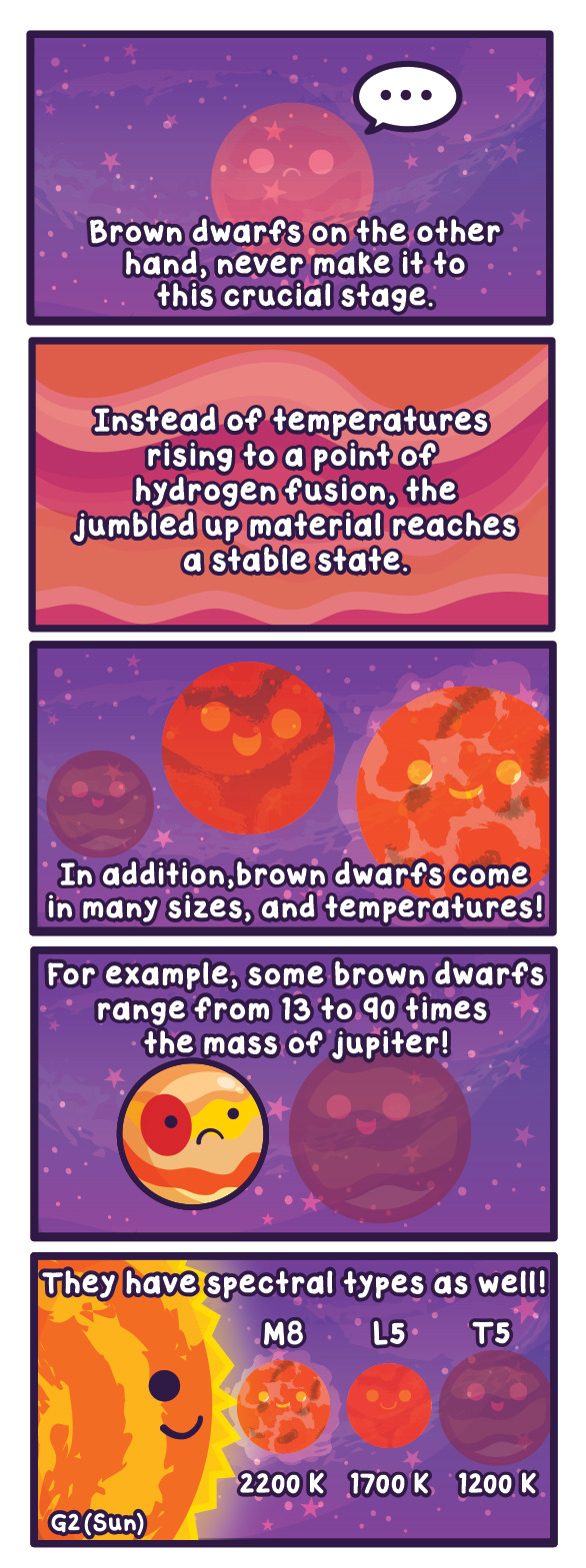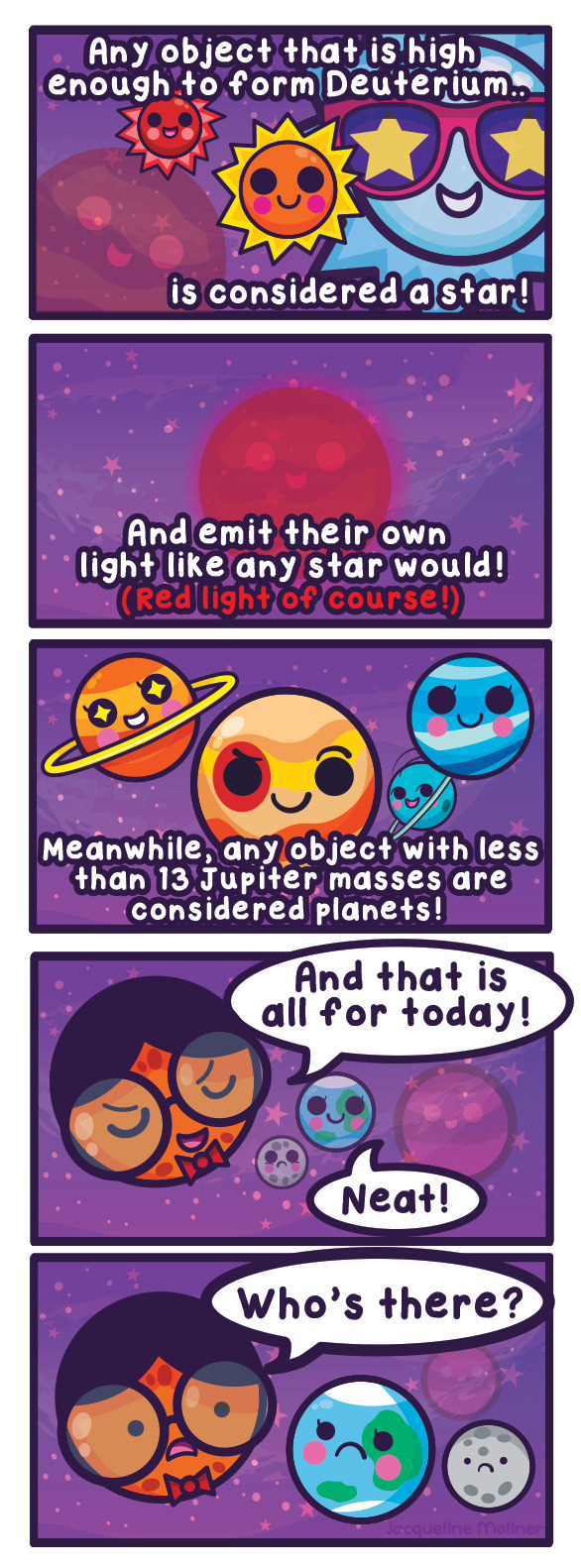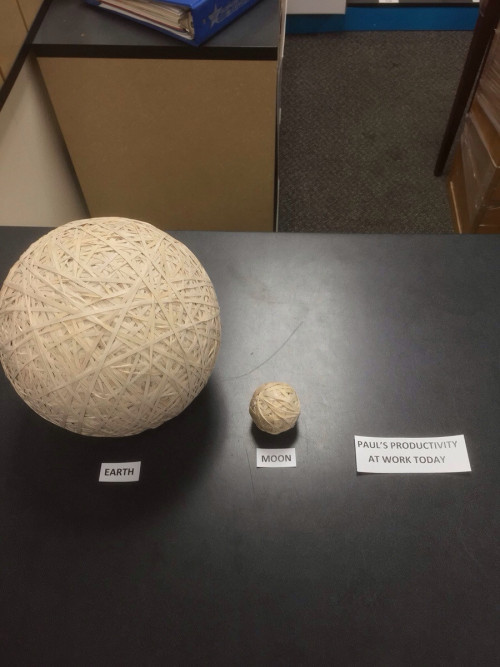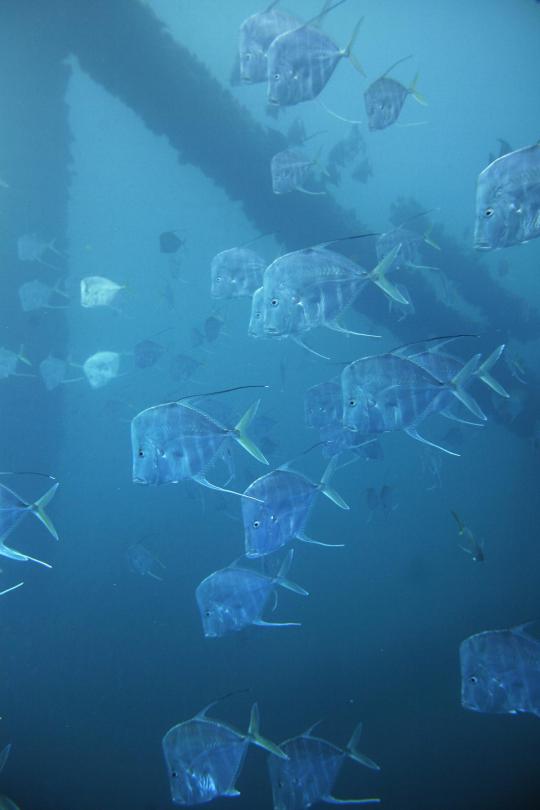This Is The Third Week Of Starry Scholastic Month!






This is the third week of starry scholastic month!
This week’s entry: Brown Dwarfs
http://www.space.com/24467-brown-dwarfs-failed-stars-explained-infographic.html
http://www.space.com/23798-brown-dwarfs.html
More Posts from Smartler and Others

A brontosaurus was carved out of pumpkins.
(Credits go to TaySwiftVidz)

…can you hear me?
Taylor Swift “The Last Time” (Radio Edit – Premiere)











Portraits of Children Around the World and Where They Sleep

Scientists have solved a longstanding mystery about how some fish seem to disappear from predators in the open waters of the ocean, a discovery that could help materials scientists and military technologists create more effective methods of ocean camouflage.
In a paper published this week in Science, a team led by researchers at The University of Texas at Austin reports that certain fish use microscopic structures called platelets in their skin cells to reflect polarized light, which allows the fish to seemingly disappear from their predators.
Polarized light is made up of light waves all traveling in the same plane, such as the bright glare you sometimes see when sunlight reflects off the surface of water.
Under the surface of the water, light tends to be polarized. Many fish—and sophisticated modern satellites—have the ability to detect variations in such polarized light.
“Fish have evolved the means to detect polarized light,” said Molly Cummings, professor of integrative biology in the College of Natural Sciences. “Given that, we suggested they’ve probably evolved the means to hide in polarized light. If we can identify that process, then we can improve upon our own camouflage technology for that environment.”
Whether it’s a predator pursuing a fish or a satellite seeking an adversary, light patterns help with detection of targets in the the open ocean in three ways: through brightness contrast, color contrast and polarization contrast. Of the three, polarization contrast is considered most effective for detection in the open ocean.
Continue Reading.
Pluto Continues to Amaze

This dwarf planet sure knows how to get a BIG reaction because we’re stunned by the latest images from our New Horizons spacecraft!
Back on July 14, the spacecraft completed it’s historic Pluto flyby, and is now in an intensive downlink phase. During this time, New Horizons will send us some of the best data and images we’ve seen!
These latest images were taken just 15 minutes after New Horizons’ closest approach to Pluto. The spacecraft looked back toward the sun and captured this near-sunset view. Icy mountains, flat plains and the horizon can all be seen in detail.

When we take a closer look, these features truly begin to stand out. Mountains up to 11,000 feet high are met by flat icy plains that extend out to Pluto’s horizon. There, more than a dozen layers of haze in the dwarf planet’s atmosphere can be seen. It’s almost as if we’re flying over the surface with the New Horizons spacecraft.
Speaking of flyover, this new animation of Pluto has been created from images returned from the spacecraft this month. This view shows us what it might be like to take an aerial tour through Pluto’s thin atmosphere and soar above the surface.
These images and videos are not only stunning, but also provide us with important information about the dwarf planet. So far, scientists can tell that the weather changes from day to day on Pluto. These images, combined with others that have been downloaded, provide evidence for a remarkably Earth-like “hydrological” cycle on Pluto.
For updates on the data and images received by the New Horizons spacecraft, check our blog: https://blogs.nasa.gov/pluto/
Make sure to follow us on Tumblr for your regular dose of space: http://nasa.tumblr.com

As a single woman, when I see a man
funny tumblr [via imgur]
(via https://www.youtube.com/watch?v=x2baCg8SHGM)
-
 shadowgamerhalo reblogged this · 1 year ago
shadowgamerhalo reblogged this · 1 year ago -
 shadowgamerhalo liked this · 1 year ago
shadowgamerhalo liked this · 1 year ago -
 mylifeisweirdok reblogged this · 1 year ago
mylifeisweirdok reblogged this · 1 year ago -
 linya333 reblogged this · 1 year ago
linya333 reblogged this · 1 year ago -
 lynne84 liked this · 1 year ago
lynne84 liked this · 1 year ago -
 sparklepooffff liked this · 1 year ago
sparklepooffff liked this · 1 year ago -
 mooncandy606 liked this · 1 year ago
mooncandy606 liked this · 1 year ago -
 syieal liked this · 1 year ago
syieal liked this · 1 year ago -
 thepalto liked this · 1 year ago
thepalto liked this · 1 year ago -
 room-to-dream liked this · 1 year ago
room-to-dream liked this · 1 year ago -
 prarthnaoffthedeepend liked this · 1 year ago
prarthnaoffthedeepend liked this · 1 year ago -
 chrissysky liked this · 1 year ago
chrissysky liked this · 1 year ago -
 raventhekittycat reblogged this · 1 year ago
raventhekittycat reblogged this · 1 year ago -
 midlifechrysis reblogged this · 1 year ago
midlifechrysis reblogged this · 1 year ago -
 theshroudedpig liked this · 1 year ago
theshroudedpig liked this · 1 year ago -
 explodedchocobo liked this · 1 year ago
explodedchocobo liked this · 1 year ago -
 unadulteratedrebelchaos liked this · 1 year ago
unadulteratedrebelchaos liked this · 1 year ago -
 melanie-ohara liked this · 1 year ago
melanie-ohara liked this · 1 year ago -
 foab30 reblogged this · 1 year ago
foab30 reblogged this · 1 year ago -
 foab30 liked this · 1 year ago
foab30 liked this · 1 year ago -
 the-song-of-a-siren liked this · 1 year ago
the-song-of-a-siren liked this · 1 year ago -
 momo-wynaut liked this · 1 year ago
momo-wynaut liked this · 1 year ago -
 fadingpi reblogged this · 1 year ago
fadingpi reblogged this · 1 year ago -
 fadingpi liked this · 1 year ago
fadingpi liked this · 1 year ago -
 laughing-moonlight reblogged this · 1 year ago
laughing-moonlight reblogged this · 1 year ago -
 aquas1 reblogged this · 1 year ago
aquas1 reblogged this · 1 year ago -
 laughing-moonlight liked this · 1 year ago
laughing-moonlight liked this · 1 year ago -
 laughing-moonlight reblogged this · 1 year ago
laughing-moonlight reblogged this · 1 year ago -
 999moneyglobal liked this · 1 year ago
999moneyglobal liked this · 1 year ago -
 devastyle liked this · 1 year ago
devastyle liked this · 1 year ago -
 originalconnoisseurpuppy liked this · 1 year ago
originalconnoisseurpuppy liked this · 1 year ago -
 pinkstor3 liked this · 1 year ago
pinkstor3 liked this · 1 year ago -
 premin reblogged this · 1 year ago
premin reblogged this · 1 year ago -
 premin liked this · 1 year ago
premin liked this · 1 year ago -
 lajikookbolala liked this · 1 year ago
lajikookbolala liked this · 1 year ago -
 im-just-the-traveler liked this · 1 year ago
im-just-the-traveler liked this · 1 year ago -
 kitten-nya liked this · 1 year ago
kitten-nya liked this · 1 year ago -
 gayhayniac28 reblogged this · 1 year ago
gayhayniac28 reblogged this · 1 year ago -
 gayhayniac28 liked this · 1 year ago
gayhayniac28 liked this · 1 year ago -
 serranopepper98 liked this · 1 year ago
serranopepper98 liked this · 1 year ago -
 m1shka-moon-bear-feelings liked this · 1 year ago
m1shka-moon-bear-feelings liked this · 1 year ago -
 l1dogg liked this · 1 year ago
l1dogg liked this · 1 year ago -
 aardbeienmelk liked this · 1 year ago
aardbeienmelk liked this · 1 year ago -
 smilereplacedfrown reblogged this · 1 year ago
smilereplacedfrown reblogged this · 1 year ago -
 smilereplacedfrown liked this · 1 year ago
smilereplacedfrown liked this · 1 year ago -
 ice-and-starlight reblogged this · 1 year ago
ice-and-starlight reblogged this · 1 year ago -
 katiekelpies reblogged this · 1 year ago
katiekelpies reblogged this · 1 year ago